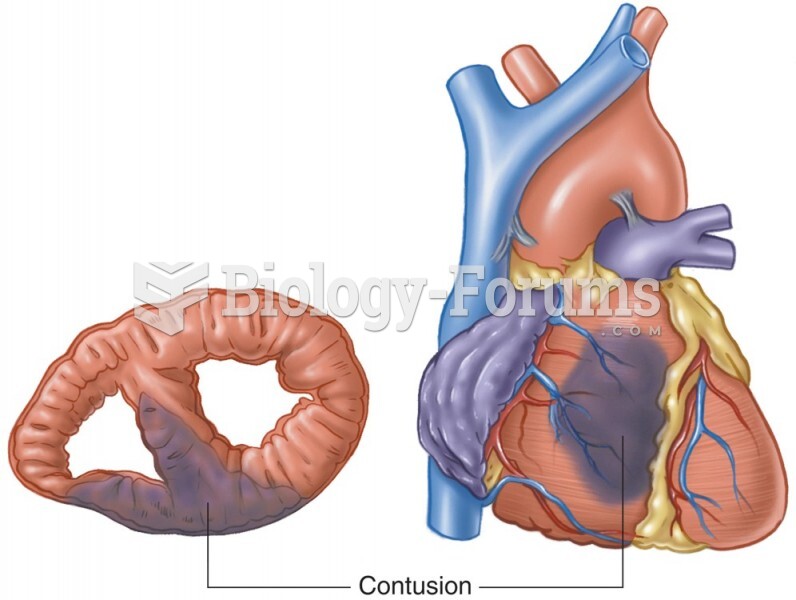|
|
|
Many people have small pouches in their colons that bulge outward through weak spots. Each pouch is called a diverticulum. About 10% of Americans older than age 40 years have diverticulosis, which, when the pouches become infected or inflamed, is called diverticulitis. The main cause of diverticular disease is a low-fiber diet.
In inpatient settings, adverse drug events account for an estimated one in three of all hospital adverse events. They affect approximately 2 million hospital stays every year, and prolong hospital stays by between one and five days.
More than 34,000 trademarked medication names and more than 10,000 generic medication names are in use in the United States.
More than nineteen million Americans carry the factor V gene that causes blood clots, pulmonary embolism, and heart disease.
Egg cells are about the size of a grain of sand. They are formed inside of a female's ovaries before she is even born.
 The occurrence diversity of the immunoglobulin binding site. Nonamer binding loops together sections ...
The occurrence diversity of the immunoglobulin binding site. Nonamer binding loops together sections ...
 A latex agglutination test for rheumatoid factor. A positive control at 1. A negative control at 2. ...
A latex agglutination test for rheumatoid factor. A positive control at 1. A negative control at 2. ...





